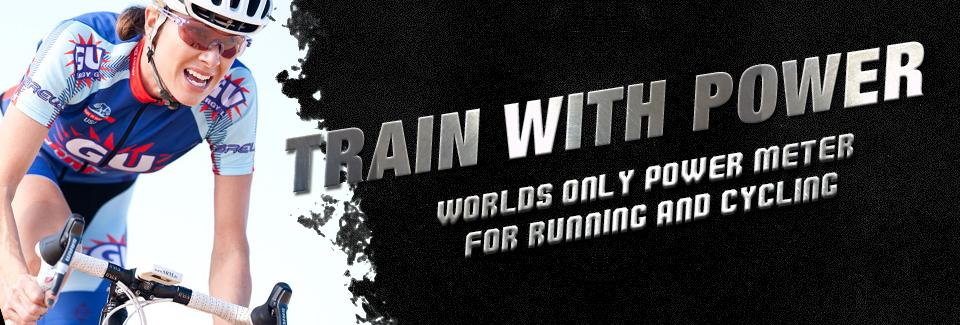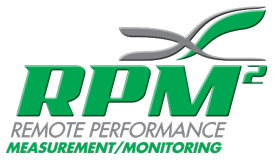The third and latest installment of RPM2 and USAT’s free webinar, Bilateral Equivalence for Triathletes:  Mechanical Assessments to Help with Performance, highlights dynamic stretch assessment. This test is a self-analysis of physical restrictions that may cause an athlete to experience an impaired performance. Recommended for both pre- and post-workout, the dynamic stretch assessment can help pinpoint areas of muscle tightness or weakness, joint pain or restrictions, and decreased mobility that lead to bilateral deficiencies.
Mechanical Assessments to Help with Performance, highlights dynamic stretch assessment. This test is a self-analysis of physical restrictions that may cause an athlete to experience an impaired performance. Recommended for both pre- and post-workout, the dynamic stretch assessment can help pinpoint areas of muscle tightness or weakness, joint pain or restrictions, and decreased mobility that lead to bilateral deficiencies.
How the Dynamic Stretch Assessment Works
This test involves performing specific stretches on both the left and right side of five muscle groups:
- Gastrocnemius (calf)
- Soleus (calf)
- Quadriceps
- Hamstring
- Gluteus maximus
When you perform each stretch, you’ll assign it a score of 0, 1, or 2. A 0 means that you only feel the stretch in the muscle you are testing. A 1 indicates that you do not feel the stretch in the muscle you are testing. A 2 is assigned when you feel tightness or tension somewhere other than the muscle you are testing.
After completing all of the stretches on both sides, you’ll add up the points. A score of 4 or higher suggests that you may need to proceed to another test called an overhead squat assessment. This test will measure your flexibility, strength, and balance while you are performing certain movements, and it must be carried out by someone who is certified to perform the assessment, such as a doctor of chiropractic, physical therapist, or athletic trainer. The overhead squat assessment can provide valuable insight into the root causes of conditions such as plantar fasciitis, Achilles tendinitis, and pain in the knees, hips, and lower back.
Learn More About Dynamic Stretch Assessment and Bilateral Equivalence
For detailed information about how to perform the stretches and score the assessment, watch the full webinar, which features our CEO Johnny Ross, Master Trainer Sylvester Stemley, Doctor of Chiropractic Dr. Prak Bhakta, and NASM Performance Enhancement Specialist Lee Webber. Also, shop our secure online site for products that are uniquely designed to help you correct imbalances in your muscles and joints so that you can achieve bilateral equivalence and perform optimally.








